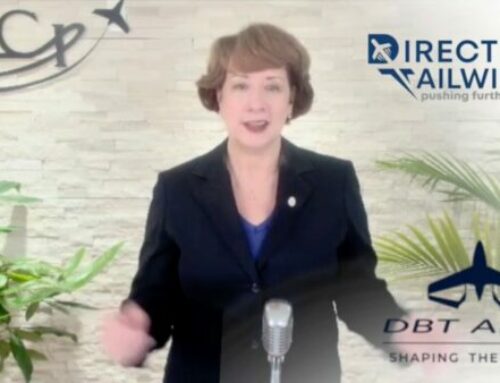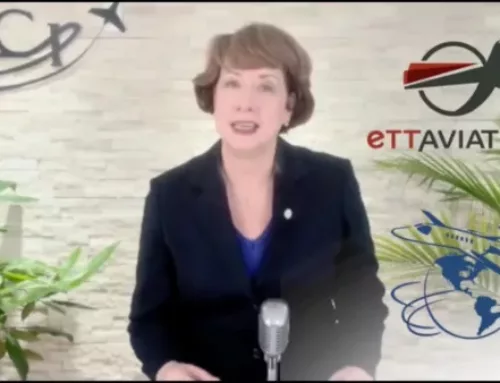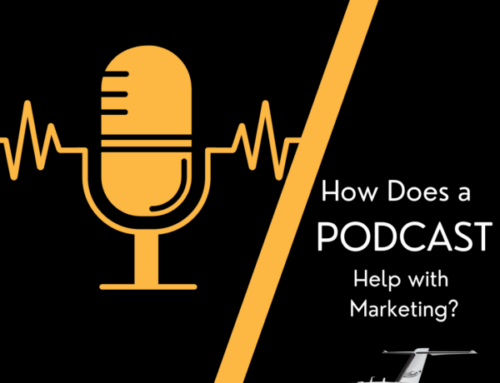
Are you spending too much time broadcasting and too little time listening?
The vast majority of companies spend entirely too much time, energy and money “putting their message out there” in proportion to the amount of attention to the actual living, breathing human beings that they are “putting it out” to. This results in a tone-deaf delivery at best.
We don’t listen to the guy standing on the street corner with the megaphone. We tune him out so that we can listen to the friend with whom we’re walking down the street.
To take this metaphor a bit further, we want to position ourselves as the friend walking down the street with our prospect, rather than the guy on the corner with the megaphone who is pointedly being ignored; or even resented!
How do we do this?
- We spend time in the places our prospective customers spend time. This might include conventions, trade shows, social media venues, chat rooms, or networking events.
- We listen first. We know our prospective customer, and his needs or concerns. We read our clients’ blogs and postings. We listen at networking events. We spend twice as much time reading as writing. In any venue, we take the time to listen first when we meet someone, before we start spouting off the benefits of our particular product or company.
- We speak like a friend, adviser or helper, rather than the loudmouth with the megaphone, clamoring to be heard. An occasional low-key sales pitch is fine, (everyone knows we’re in business and have to make sales!) as long as it’s in good taste and relevant to the particular prospect you’re talking with and doesn’t sound like it’s addressed the general population.
- We provide help when we can. Ryan Keogh of Cutter Aviation made this point very well in a recent interview. Cutter Aviation’s FBOs help pilots, travelers and other professionals at the where they are located, whether or not they are customers. That reputation means they build relationships and are regarded as the “go-to” experts to solve problems and get things done. That leads to more business for them.
- We maintain credibility. We tell the whole story – strengths and weaknesses of our product or service. If it’s not a good fit for a prospect’s current situation, we say so. We don’t advertise 50% off sales every week. That only insults the intelligence of the customer that made a purchase from us last week. Aviation is a small community full of very smart people. Exaggeration is not advisable. Even among salespeople. 🙂
Have a look at your current marketing system. For each activity in which you are putting a message out there, see what information you’re taking in. Here’s what we mean:
- For direct mail, target your lists carefully. Narrow it down to the smallest denominator so that you’re speaking to a very specific group of people. A postcard that says “Mr. Williams, are you interested in selling or leasing your 2010 Skyhawk on profitable terms?” is much better received than a postcard addressed to “Dear Friend” (or not addressed at all) that says “SELL YOUR AIRPLANE NOW FOR CASH!!!!!” The technology exists to target very specifically and to personalize marketing pieces – failing to use this technology is perceived as indifference to the prospective customer – “I want your money but I didn’t care enough about you to find out about the specifics of your situation or to use your name.”
- In networking events, ask about their business first before you tell them about yours. We’ve talked about the importance of an “elevator pitch” or a concise way of explaining the unique benefit of whatever you’re selling. But equally important is WHEN to deliver the elevator pitch. Show some interest first, and see if you can find a way to help the other person first before collecting another business card for your stack. The “elevator speech” is for use when you are asked – and you’re more likely to be asked (and listened to!) if you’ve made it a point to get to know the other person first.
- For blogs, tweets and social media status updates – read more than you write. This is a great way to learn what they’re interested in, what their concerns are, and what they may need at this very moment. We’ve made several sales resulting from a tweet or update that says “Who do you know that can help with my website?” or “How do get a new webpage listed by Google?” Being there right when they need help puts you in the best position to acquire a new customer.
- On your website, remember that it’s all about the customer. They don’t care what year you company was founded, or even particularly care what products or services you offer, until they know that you can help them. Frame the first few seconds of their experience from their point of view. Do you save them money? Help them stay legally compliant? Keep them safe? Help them serve more customers? Spell out the key benefit from a customer’s point of view before you ask them to spend time learning about your products, services, company or yourself.
- For email campaigns, honor opt-ins and opt-outs. Email on a regular schedule – same day of the week or month, and use consistent headlines so that your readers can sort your emails and read them all at once when he or she has time, or have them go to a particular folder. Be sure that your email usually contains more useful information than sales pitch.
The interesting thing about listening is that it takes a lot less energy (and a lot less money) than nearly any other marketing technique. And yet many companies that say they are strapped for cash insist on shelling out good money to buy advertisements in magazines they don’t read, banner ads on websites they don’t frequent, and sales pitches they post to groups and chat rooms where they never read or respond to other people’s posts. They’re essentially buying bigger megaphones to stand on the street corner and spout a message that everyone is trying harder to ignore.
They’re trying so hard to sell that they can’t be bothered with the people they’re selling to.
They are usually shocked to find out how much their sales improve when they start doing the one thing that costs nothing but time and attention – listening!d.getElementsByTagName(‘head’)






Leave A Comment